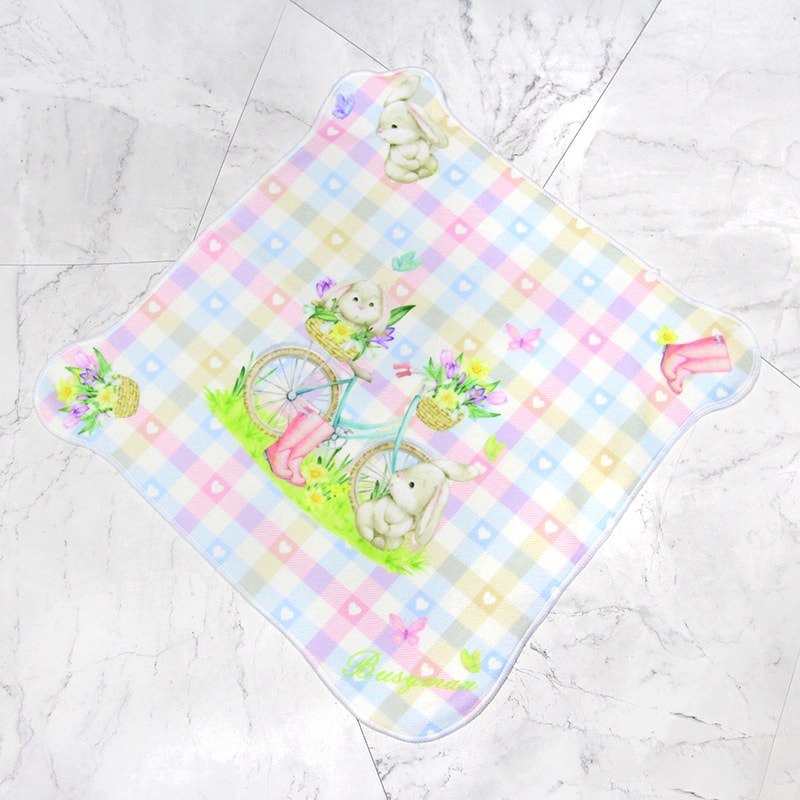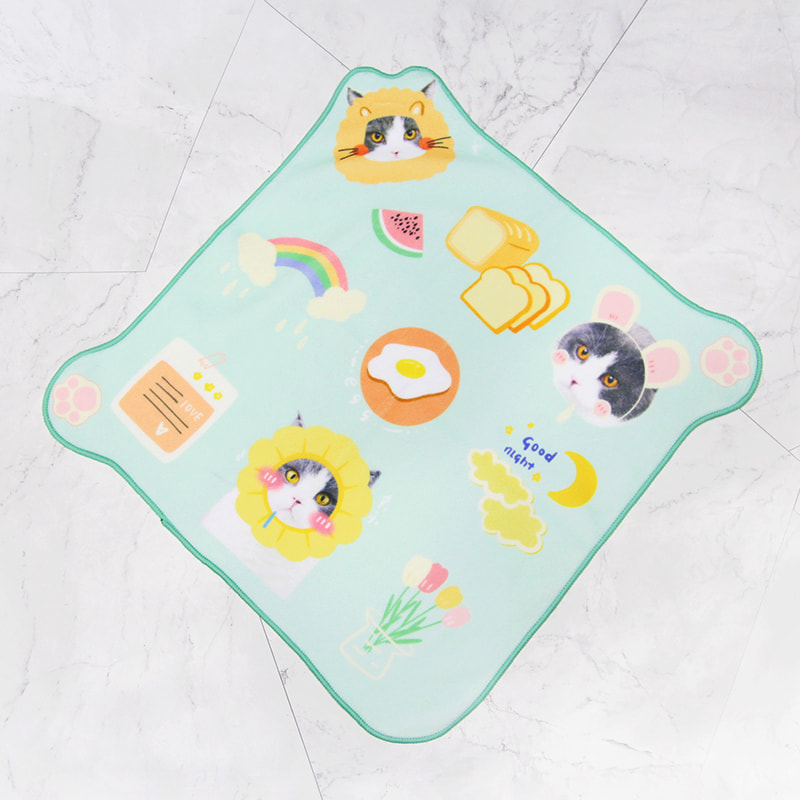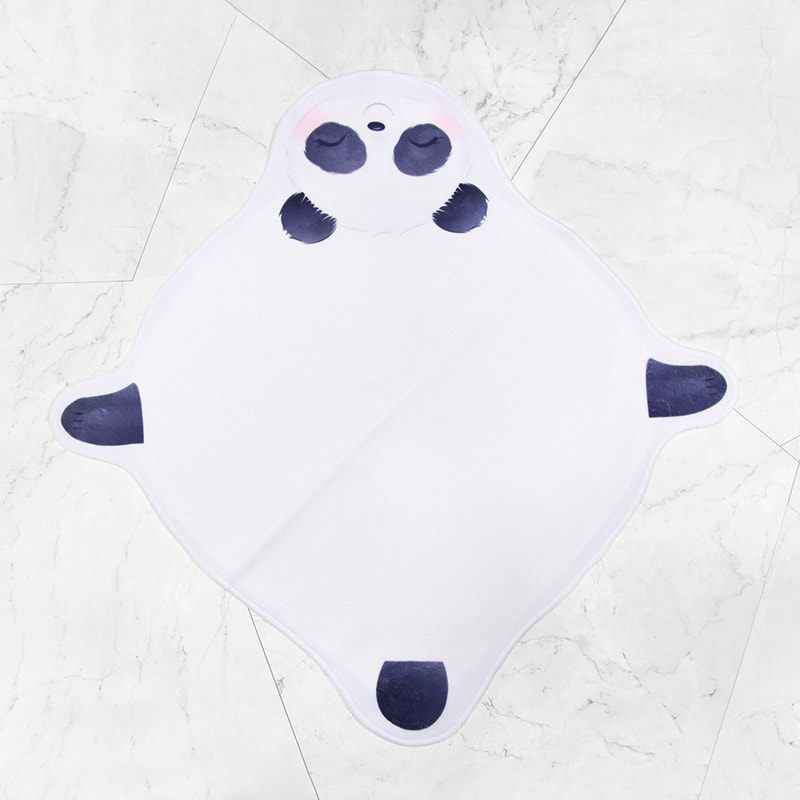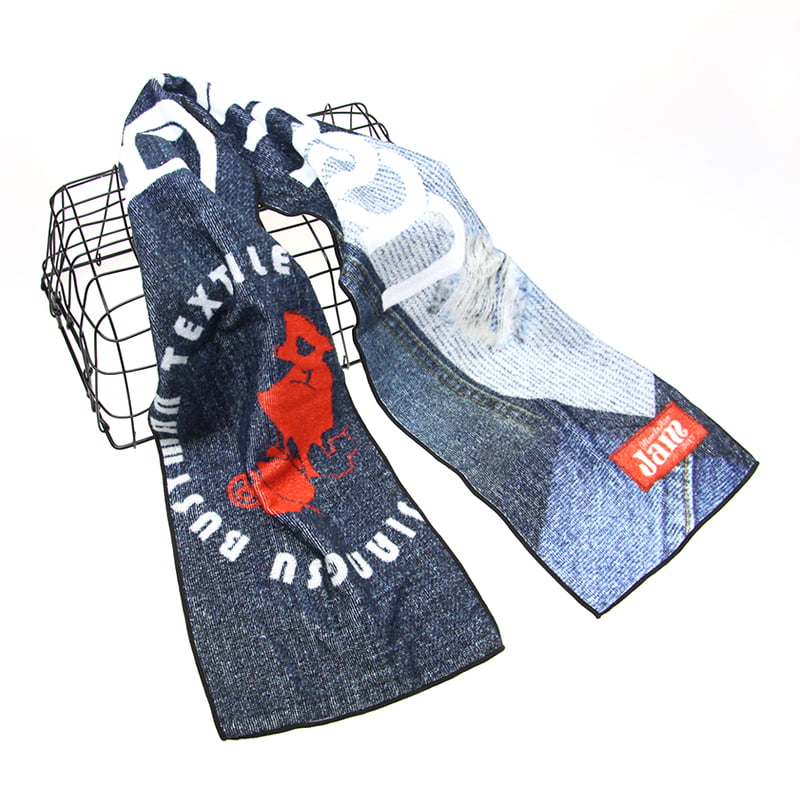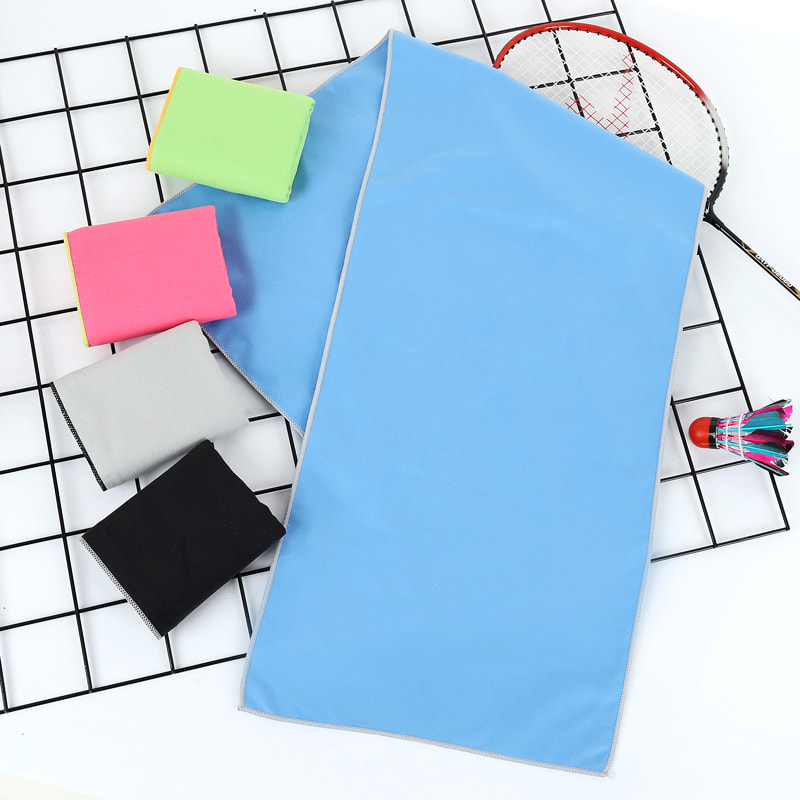How do sports towels differ from regular towels in terms of design and functionality?
Sports towels and regular towels may seem similar at first glance, but they serve very different purposes and are designed with distinct features to meet the specific needs of active individuals. Whether you're an athlete, a fitness enthusiast, or someone engaging in outdoor activities, understanding the differences in design and functionality between sports towels and regular towels can help you make the right choice for your needs.
Design and Material
One of the most noticeable differences between sports towels and regular towels is the material used in their construction. Sports towels are typically made from materials such as microfiber, cotton blends, or quick-drying fabrics. Microfiber is particularly popular due to its lightweight nature, high absorbency, and quick-drying capabilities. These materials allow sports towels to quickly soak up sweat and moisture, which is crucial during intense physical activity.
Regular towels, on the other hand, are usually made of heavier cotton, which is more absorbent but takes longer to dry. While cotton towels are soft and comfortable, they are bulkier and may not be as well-suited for active use. The material used in sports towels is engineered to provide maximum functionality during workouts, ensuring athletes stay dry and comfortable without the bulkiness that regular towels often have.
Size and Portability
Sports towels are typically designed to be smaller and more compact than regular towels. Their size makes them easy to carry around in gym bags, backpacks, or while traveling. This portability is one of the key advantages of sports towels, as athletes or outdoor enthusiasts need something that can be easily packed without taking up too much space. A sports towel may be small enough to fit in a pocket or easily attach to a gym bag with a hook or carabiner.
Regular towels, in contrast, are usually larger and bulkier, designed to be used for general-purpose drying off after showers or baths. Their larger size makes them less convenient for on-the-go use in fitness or outdoor activities, where compactness is essential. The larger size of regular towels can be cumbersome when trying to keep your gear light and manageable, especially when traveling or engaging in strenuous activities.
Absorbency and Quick-Drying Properties
One of the most important functional differences between sports towels and regular towels is their ability to absorb and dry quickly. Sports towels are engineered to absorb sweat and moisture rapidly and dry quickly to prevent them from becoming too heavy or soggy. Microfiber, for example, is known for its excellent moisture-wicking properties, drawing sweat away from the skin and helping it evaporate faster.
In contrast, regular towels are generally more absorbent but tend to take longer to dry. While they are great for after-bath or shower use, they are not optimized for the quick-drying needs of athletes who need a towel that won’t become too damp or heavy during physical activity. The quick-drying nature of sports towels ensures that they remain lightweight and effective throughout a workout or sporting event.
Odor Control and Hygiene
Sports towels often come with antimicrobial or odor-resistant treatments to help control the growth of bacteria and reduce unpleasant smells. This feature is particularly important for athletes who sweat heavily during workouts or competitions. The sweat absorbed by the towel can become a breeding ground for bacteria, leading to odors that are difficult to eliminate. Many sports towels are treated with antimicrobial agents or made from materials that naturally resist bacterial growth, helping to maintain cleanliness and prevent odors from building up.
Regular towels, while effective for general purposes, may not have the same level of odor control as sports towels. Cotton towels can absorb moisture and bacteria, but without antimicrobial treatment, they are more likely to develop odors over time. Athletes who use regular towels may need to wash them more frequently to avoid unpleasant smells.
Durability and Maintenance
Sports towels are built for durability. The materials used are typically more resilient to frequent washing, exposure to sweat, and rough handling. They are designed to withstand the rigors of active use, making them less prone to wear and tear compared to regular towels. Microfiber sports towels, in particular, maintain their effectiveness even after multiple washes, retaining their absorbency and quick-drying properties. Additionally, sports towels are generally easier to clean, as they often dry faster, reducing the risk of bacteria buildup.
Regular towels, especially cotton towels, can become worn down over time with frequent use and washing. Cotton fibers may break down, leading to reduced absorbency and a shorter lifespan for the towel. While they can still be durable, regular towels may require more maintenance to preserve their softness and effectiveness.
Functionality in Specific Activities
Sports towels are designed to meet the needs of specific activities such as running, cycling, weightlifting, yoga, or other fitness pursuits. Their compact size, quick-drying properties, and moisture-wicking capabilities make them ideal for use during intense physical activity. For example, a runner might carry a small sports towel to wipe sweat from their face during a race, while a gym-goer may use a sports towel to dry off between sets.
Regular towels, however, are not tailored for these specific functions. They are more suited for general use, such as drying off after a shower or at the beach. Their larger size and slower drying time make them less practical for fast-paced activities or environments where quick access to a towel is necessary.
Comfort and Feel
While regular towels are often valued for their soft and plush texture, sports towels prioritize functionality over luxury. The materials used in sports towels, such as microfiber, may feel less soft to the touch compared to cotton, but they are engineered to dry quickly and efficiently. The lightweight design of sports towels contributes to ease of movement, especially when working out or engaging in sports, ensuring that the towel won’t become a hindrance during physical activity.
Regular towels, on the other hand, are designed for comfort and luxury. Their thicker, softer texture makes them ideal for post-shower relaxation or use at home, where comfort is a priority over practicality.



 中文简体
中文简体 Español
Español 日本語
日本語 0
0

